The Complete Guide To Growing And Caring For Monrovia Hydrangeas
The Complete Guide to Growing and Caring for Monrovia Hydrangeas
Hydrangeas are some of the most popular flowering shrubs in the world, and for good reason. They are beautiful, easy to care for, and come in a wide variety of colors. Monrovia hydrangeas are some of the best on the market, and with proper care, they will thrive in your garden for years to come.
In this guide, we will discuss everything you need to know about growing and caring for Monrovia hydrangeas. We will cover topics such as:
- Choosing the right location
- Planting and watering
- Fertilizing
- Pruning
- Overwintering
- Pests and diseases
We will also provide some tips for troubleshooting common problems with hydrangeas. So whether you are a beginner or an experienced gardener, this guide has something for you.
Choosing the right location
The first step to growing successful Monrovia hydrangeas is to choose the right location. Hydrangeas prefer moist, well-drained soil and partial shade. They will tolerate full sun in cooler climates, but they will need more water in hot, dry climates.
If you are planting your hydrangeas in full sun, be sure to choose a spot that gets some afternoon shade. This will help to prevent the leaves from burning in the hot sun.
Planting and watering
Once you have chosen the right location, it is time to plant your hydrangeas. Dig a hole that is twice as wide as the root ball of the plant. Add some compost or other organic matter to the soil to improve drainage.
Place the hydrangea in the hole and backfill with soil. Water the plant thoroughly until the soil is moist.
Hydrangeas need regular watering, especially during the first year after planting. Water the plants deeply once a week, or more often if the weather is hot and dry.
Fertilizing
Hydrangeas benefit from a light application of fertilizer in the spring. A balanced fertilizer, such as 10-10-10, is a good choice.
You can also fertilize your hydrangeas with a slow-release fertilizer in the fall. This will help to feed the plants throughout the winter.
Pruning
Hydrangeas do not need to be pruned heavily. However, you should remove any dead, diseased, or damaged branches in the spring.
You can also prune your hydrangeas to shape them or to control their size. If you want to encourage more blooms, prune your hydrangeas after they have finished flowering.
Overwintering
In cold climates, hydrangeas may need some protection from the winter cold. Mulch the plants with a layer of organic matter, such as bark chips or leaves. You may also need to cover the plants with a burlap sack or other protective covering.
Pests and diseases
Hydrangeas are relatively pest- and disease-resistant. However, they can be susceptible to aphids, scale, and powdery mildew.
If you see any pests or diseases on your hydrangeas, treat them immediately with an appropriate insecticide or fungicide.
Troubleshooting
If your hydrangeas are not blooming, there are a few possible reasons. First, make sure that the plants are getting enough sun and water. If they are, the problem may be with the soil pH. Hydrangeas prefer acidic soil, so if the soil is alkaline, the flowers will be blue. You can add sulfur to the soil to lower the pH.
Another possible reason for lack of blooms is that the plants are not getting enough fertilizer. Fertilize your hydrangeas in the spring with a balanced fertilizer.
Conclusion
With proper care, Monrovia hydrangeas will thrive in your garden for years to come. By following the tips in this guide, you can ensure that your hydrangeas are healthy and beautiful.
Are you looking for a beautiful and easy-to-care-for hydrangea? Look no further than the Monrovia Hydrangea! These stunning flowers come in a variety of colors, including blue, pink, and white. They are also very drought-tolerant, so they are perfect for gardeners in hot and dry climates.
If you are interested in learning more about the Monrovia Hydrangea, I encourage you to visit . This website has a wealth of information about the plant, including its care requirements, planting instructions, and pest and disease prevention tips.
I have personally grown Monrovia Hydrangeas in my garden for several years, and I have been very happy with them. They are a beautiful addition to any garden, and they are very easy to care for. I highly recommend them!
FAQ of monrovia hydrangea
Question 1: What are the different types of Monrovia hydrangeas?
Answer: There are many different types of Monrovia hydrangeas, including:
- Mophead hydrangeas: These hydrangeas have large, rounded flower heads that resemble mops. They are the most common type of hydrangea and come in a variety of colors, including blue, pink, and white.
- Lacecap hydrangeas: These hydrangeas have smaller, more delicate flowers that are arranged in a lace-like pattern. They are often more colorful than mophead hydrangeas and come in a wider range of colors, including blue, pink, purple, and white.
- Oakleaf hydrangeas: These hydrangeas have large, lobed leaves that resemble oak leaves. They produce smaller, bell-shaped flowers that are arranged in clusters. Oakleaf hydrangeas are more cold-hardy than other types of hydrangeas and can tolerate full sun.
- Panicle hydrangeas: These hydrangeas have tall, upright stems that bear large, cone-shaped flower clusters. They are the most heat-tolerant type of hydrangea and can tolerate full sun.
- Climbing hydrangeas: These hydrangeas are vines that can climb up to 30 feet. They produce small, white flowers that are arranged in clusters. Climbing hydrangeas are a great choice for covering walls or fences.
Question 2: How do I choose the right Monrovia hydrangea for my garden?
Answer: When choosing a Monrovia hydrangea for your garden, there are a few factors to consider, including:
- Sun exposure: Most hydrangeas prefer partial shade, but some varieties can tolerate full sun.
- Soil type: Hydrangeas prefer moist, well-draining soil.
- Hardiness zone: Hydrangeas are hardy in different zones, so it is important to choose a variety that is suitable for your climate.
- Color: Hydrangeas come in a variety of colors, so you can choose one that will complement the other plants in your garden.
- Size: Hydrangeas can grow to be quite large, so it is important to choose a variety that will fit in the space you have available.
Question 3: How do I care for Monrovia hydrangeas?
Answer: Monrovia hydrangeas are relatively easy to care for, but there are a few things you need to do to keep them healthy:
- Water regularly: Hydrangeas need moist soil, so water them deeply and regularly.
- Fertilize in spring: Feed your hydrangeas with a balanced fertilizer in spring.
- Deadhead flowers: Remove spent flowers to encourage new growth.
- Protect from frost: In cold climates, you may need to protect your hydrangeas from frost by covering them with a burlap sack or other protective material.
Question 4: How do I change the color of my Monrovia hydrangeas?
Answer: The color of hydrangea flowers is determined by the pH of the soil. In alkaline soil (pH above 7), hydrangeas will bloom blue. In acidic soil (pH below 5.5), hydrangeas will bloom pink. You can change the color of your hydrangeas by adjusting the pH of the soil.
Question 5: What are some common problems with Monrovia hydrangeas?
Answer: Some common problems with Monrovia hydrangeas include:
- Leaf spot: This is a fungal disease that causes brown spots on the leaves.
- Pests: Hydrangeas can be susceptible to a variety of pests, including aphids, spider mites, and scale insects.
- Winter damage: In cold climates, hydrangeas may be damaged by frost.
Image of monrovia hydrangea
5 different images of "monrovia hydrangea" from Pinterest:
- Blue Enchantress Hydrangea: This is a popular variety of hydrangea that blooms in shades of blue, pink, or purple. It is a large shrub that can grow up to 6 feet tall.
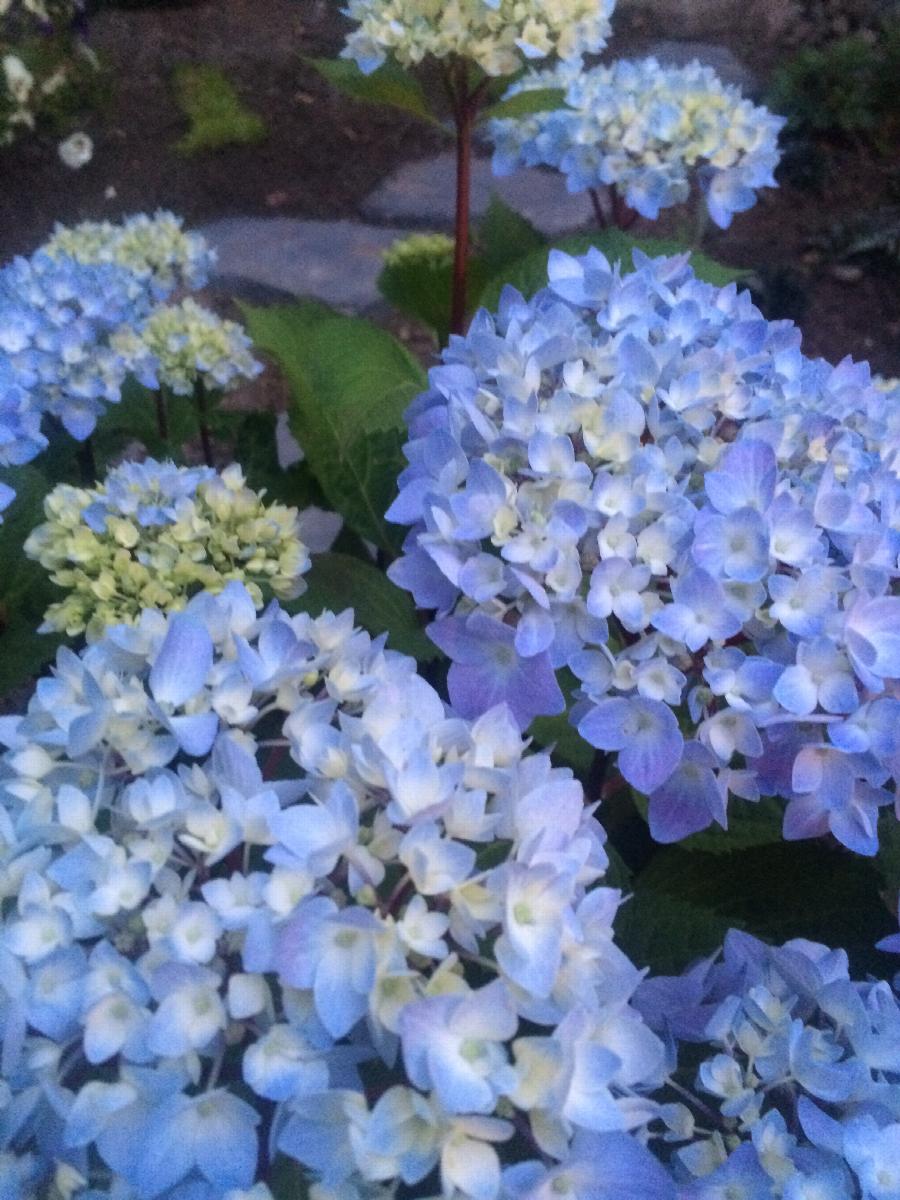
- Limelight Hydrangea: This variety of hydrangea blooms in shades of white and green. It is a medium-sized shrub that can grow up to 4 feet tall.
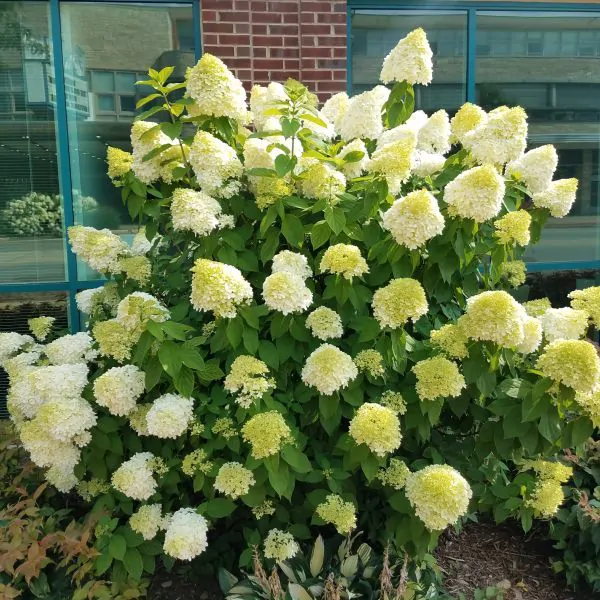
- Endless Summer Hydrangea: This variety of hydrangea blooms from spring to fall. It is a versatile shrub that can be grown in a variety of conditions.
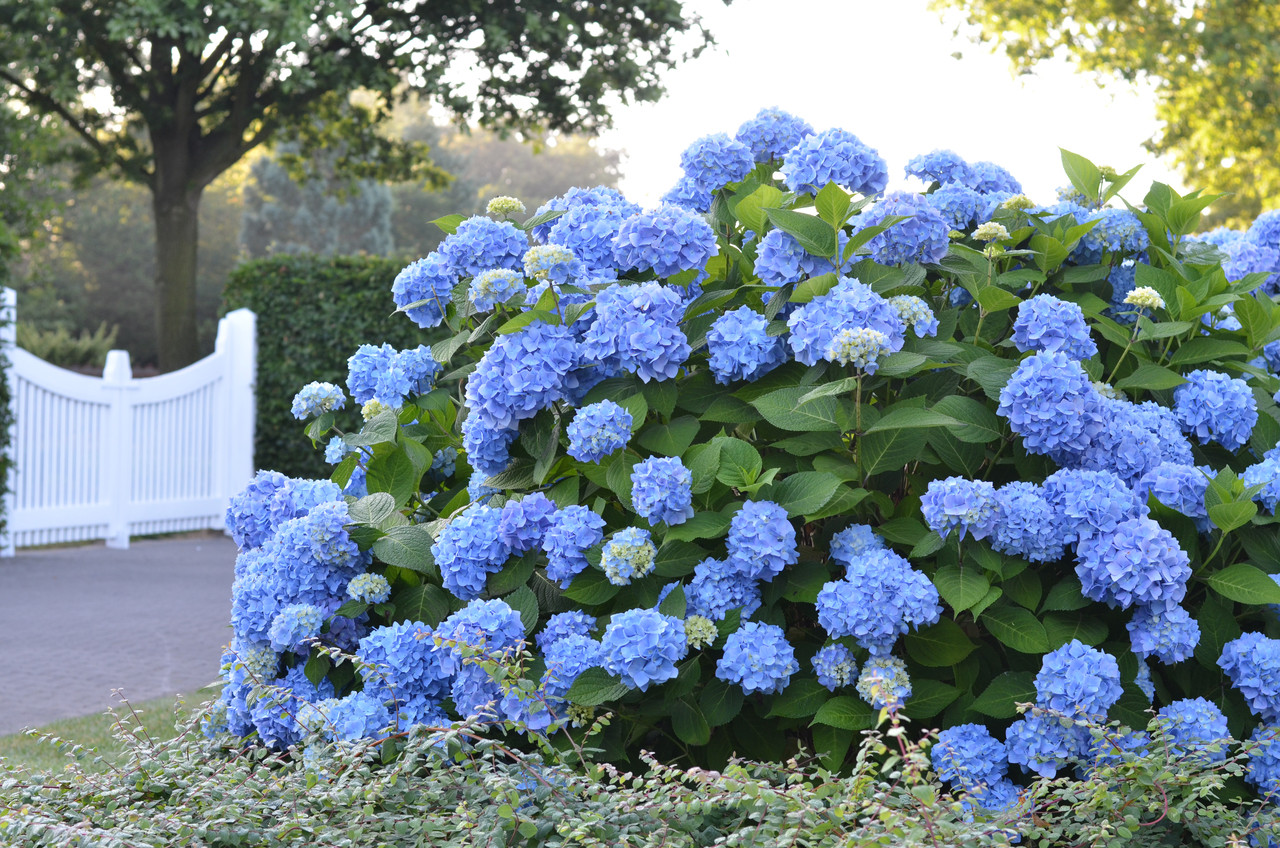
- PeeGee Hydrangea: This variety of hydrangea blooms in large, conical clusters. It is a large shrub that can grow up to 8 feet tall.
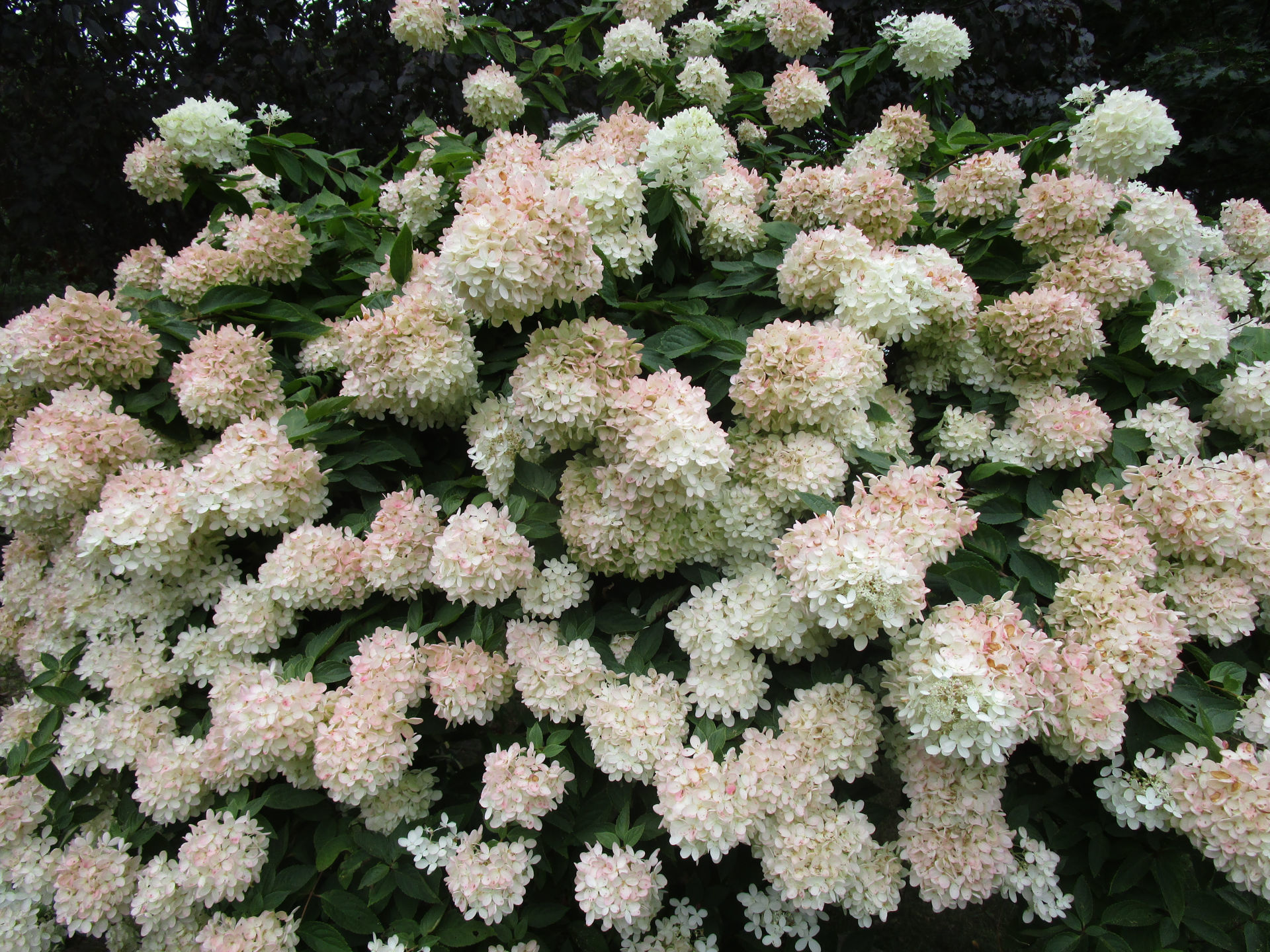
- Serendipity Hydrangea: This variety of hydrangea blooms in shades of pink, blue, and purple. It is a medium-sized shrub that can grow up to 4 feet tall.
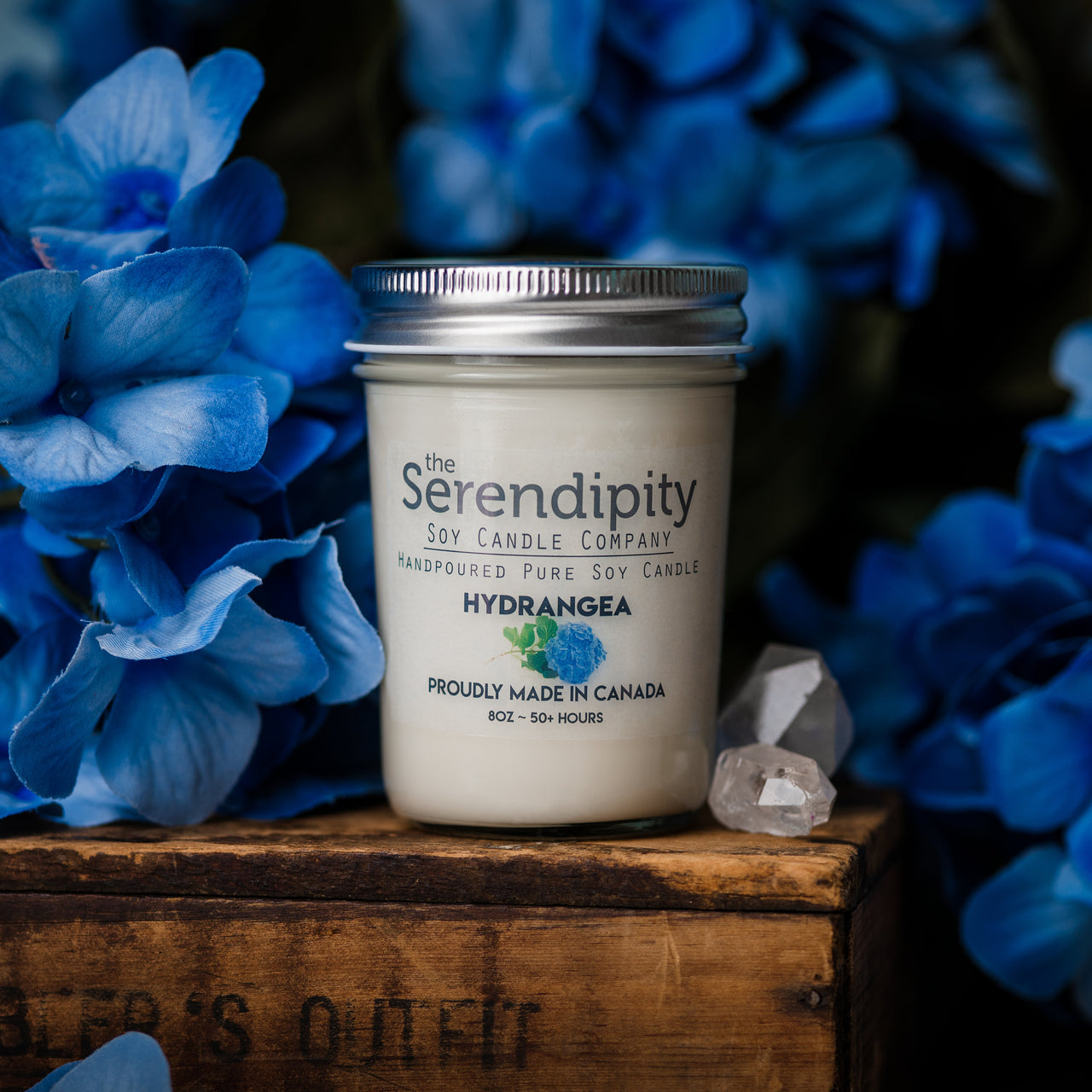
Post a Comment for "The Complete Guide To Growing And Caring For Monrovia Hydrangeas"